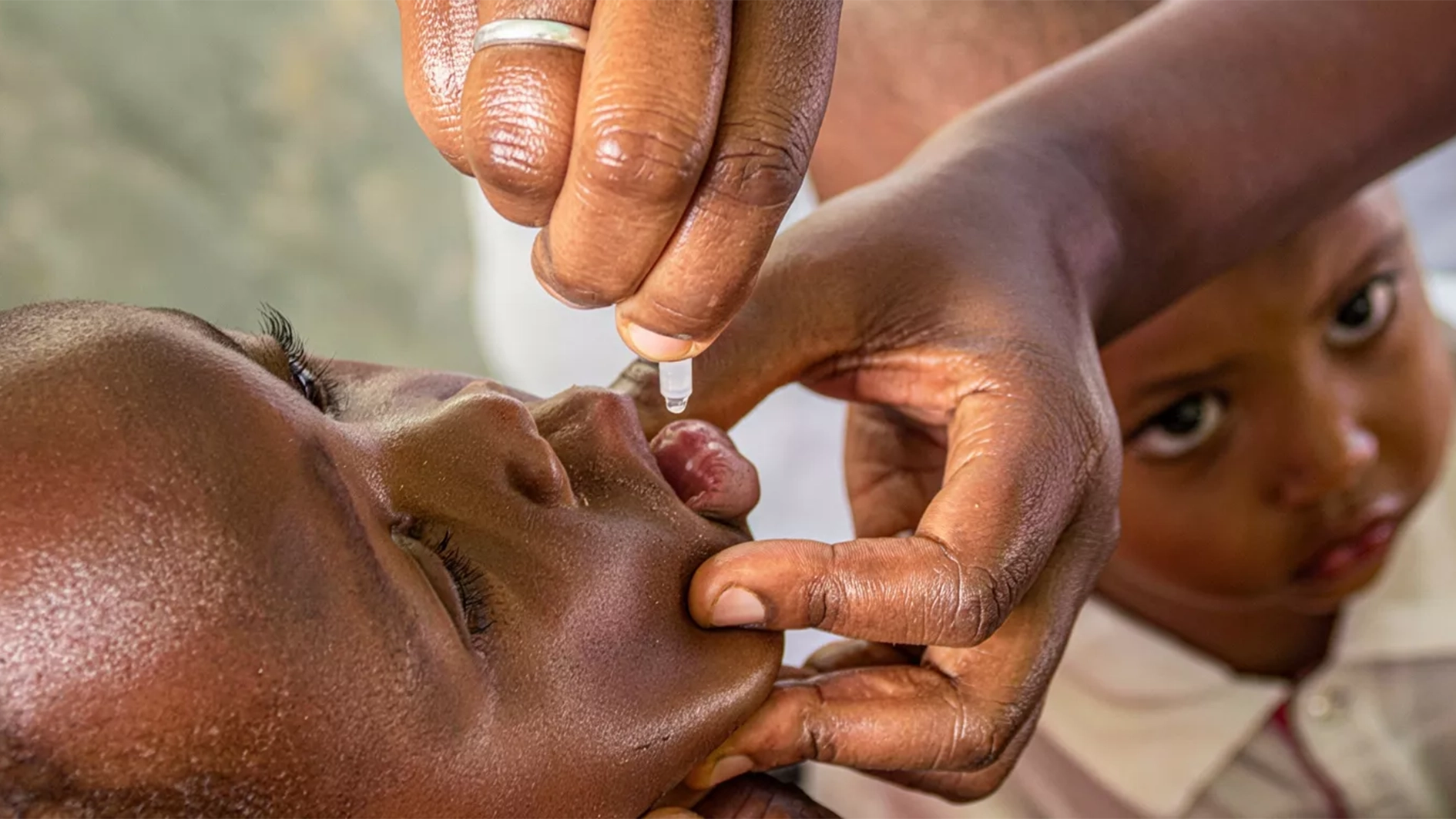
• NANI, Hilfsaktion building treatment centre at National Hospital Abuja
•Group says centre will be ready by June 2023, to provide free disease management
•Studies recommend good nutrition, adequate childhood immunisations,
early detection programme, basic antibiotics to curb ailment
Several studies have blamed rise in cases, complications and deaths due to noma disease, referred to as ‘Face of Poverty’ in Nigeria, on the complex interactions between extreme poverty, malnutrition, poor oral hygiene, poor access to routine childhood vaccinations, limited access to quality healthcare and immunosuppression resulting from comorbidities such as Human Immuno-deficiency Virus (HIV).
A recent study published in BMJ Global Health identified a high prevalence of children at risk of developing advanced noma in Nigeria. “This disease is important but neglected and therefore merits inclusion in the WHO neglected tropical diseases list,” it concluded.
According to the World Health Organisation (WHO), noma, also known as Cancrum oris, is an orofacial gangrene disease caused by bacterial infection that starts from the gum in the mouth. It affects mainly children between the ages of two and seven years. It occurs mainly in malnourished and debilitated children. Only about 10 per cent of the children affected by it survive, however, with gross facial deformity. It is said to be the “face of poverty” because it affects mainly the poor. It is predominant in Nigeria and few other Sub Saharan African and few Asian countries.
The WHO said noma has a mortality rate of up to 90 per cent, but deaths could be avoided if detected and treated early. It is estimated that there are 770,000 noma survivors worldwide and 140,000 children worldwide who are affected by the disease each year.
As part of efforts to address the situation in Nigeria, the Noma Aid Nigeria Initiative (NANI) with support from Hilfsaktion Noma, eV, Germany, have started construction of the Noma treatment centre within the grounds of the National Hospital, Abuja.
A Consultant Maxillofacial Surgeon, Head of Noma Centre and National Coordinator of NANI, Dr. Charles Ononiwu, in a chat with journalist, said the ongoing construction of the treatment is a positive indicator of the increased attention that noma disease will be given. Ononiwu said the treatment centre is expected to provide treatment and support for patients of noma disease, especially in the Northcentral and Northeast of Nigeria, as well as other African country.
Ononiwu said noma is prevalent in area with high malnutrition and in Nigeria, affects children mostly in states in the northwest and northeast. He, however, said there is a gap of knowledge and attention by authorities and partners on the noma disease, which is leading to less resource allocation towards combating it, and less knowledge on preventing and managing it. “NANI with support from Hilfsaktion Noma will seek to bridge this gap,” the surgeon said.
Ononiwu said the disease noma could be prevented by very good nutrition and adequate childhood immunisations. He said when detected early (swelling and bleeding gum), it can be treated with basic antibiotics and the facial deformity left behind in severe cases can be managed by highly skilled surgical facial reconstruction.
The surgeon said challenges in efforts to curtail the disease include: severe poverty, ignorance and well equipped facilities to manage the attendant complications.
Ononiwu said: “NANI is building a well equipped Centre in National Hospital Abuja, to manage the different stages of the disease and the attendant complications. NANI is also providing highly skilled professionals that will do the needed multi-staged facial reconstructions. The Centre hopefully will be ready by middle of the year. All the treatments for the patients with noma will be completely free of charge. NANI is supported by Hilfsaktion Noma, eV, Germany.”
The surgeon said the Federal Ministry of Health (FMoH) has been in the forefront in the fight to eliminate noma. “It has provided very good supportive policies and also has marked activities to sensitise the public concerning the disease. It has also been pushing with the support of other countries to have it added in the WHO list of Neglected Tropical Diseases.”
Ononiwu added: “NANI is partnering with Nigerian Health Watch to build execute advocacy, create awareness and sensitise the public concerning the disease and also where the affected individuals can find help free of charge,” Ononiwu said.
A systematic review of the prevalence, incidence, and reported global distribution of noma, published in Lancet Infectious Disease on March 15, 2022 has identified a striking scarcity of research and surveillance programmes considering this devastating disease. Stakeholders believe the addition of noma to the WHO list of neglected tropical diseases (NTDs) would raise much needed awareness and facilitate the engagement of donors to support initiatives to prevent new cases from developing, provide early detection (oral screenings could be included in vaccination campaigns), and this could be followed by broad-based integrated control programmes even aiming at eliminating the disease.






